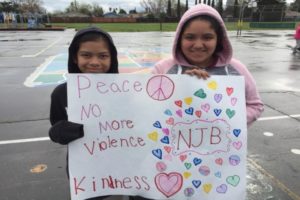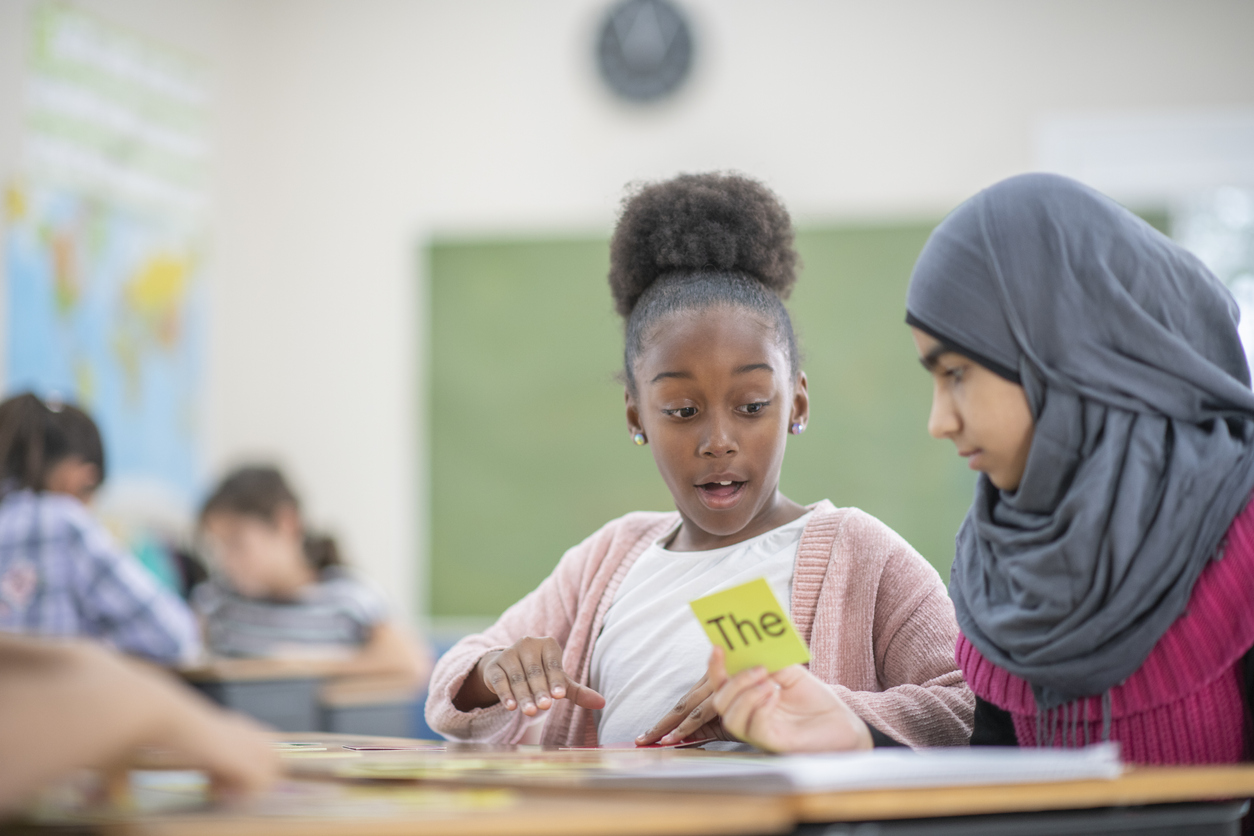Humans thrive when we feel a sense of belonging


Learning a new language is no small feat. It took me a decade to feel proficient in my second language of Spanish, and my journey was often fraught with self-doubt, fear of criticism or rejection, and plain old struggles to memorize and assimilate new words and ways of putting them together.\
Mixed in with those challenges were subtle but significant aspects of culture, racial dynamics, and a number of misunderstandings. I once unwittingly wished someone “a happy short man” when what I meant to say was that I hoped they enjoyed their bath. Ugh! A fair amount of laughter was certainly a part of the process. But in the end, I couldn’t have gotten where I am today without the consistent support, encouragement, and intentional opportunity-creation of my teachers and family.
That learning process, at times fraught with feelings of vulnerability and discouragement, had an unexpectedly added benefit beyond eventual bilingualism. It deepened my well of empathy and my perspective on language in general, and that has served me well as an educator as I explore ways to build a culture of learning with students and families who are English Language Learners.
Along the way, I have found it helpful to keep the following perspectives at the forefront of fostering a healthy learning community.
It’s Possible, But It’s Hard
Not everyone has had the experience of trying to learn or eventually learning a new language, but we’ve all had the opportunity to attempt something new and challenging. Remembering our own feelings of self-consciousness and second-guessing can keep harmful biases in check when communicating with students and their families.
Trying to speak and understand a new language tends to make people feel like a lesser version of themselves as they struggle to give voice to the wide range of their thoughts, and that can be uncomfortable at best and, at times, humiliating. I remember those feelings of impotence in Spanish so well, all these years later!
Showing that we recognize the inherent worth of students and caregivers regardless of how much English they speak—and regardless of how long they have lived here—goes a long way toward establishing mutual trust and confidence, and a positive culture of learning.
Give time for folks to speak without jumping in too quickly. Conversely, with families, it is helpful to refrain from assuming that a translator is always necessary. Wait, gauge, then ask.
And, even better, work to begin learning the languages that students bring to the classroom. Learning can happen best when the teachers are a part of that process, sharing expertise while learning a new language themselves.
English is an Extra Rather than an Obligation
Learning the English language can open doors, in addition to developing a myriad of beneficial brain connections. Yet English is just one of many forms of communication, all of them valid in their ability to help people communicate with one another.
Recognizing and honoring the history, beauty, and cultural wealth found in students’ and their caregivers’ home languages is as important for our national culture as it is for the microcultures of English Language Learning. Working to validate those home languages can begin to curtail the hubris of presuming that English has greater worth.
Providing messaging from the school community at all levels in multiple languages is a great place to start. Creating a prominent place to show common phrases in the languages spoken by students, with the English version no bigger or brighter than the rest, can also provide a strong visual message of validation.
It’s important to keep in mind that learning English is a tool for learners to use as another way to express themselves, as opposed to something they should learn for others to implicitly legitimize their existence. It is, essentially, a useful addition.
Voice Begets Ownership
Fostering and maintaining pride in home languages is key to building a healthy culture of learning in English. This pride in a fundamental part of culture can have a direct connection with personal self-confidence, and all communities–from classroom to country–benefit from members who feel comfortable sharing their perspectives.
Doing so in the shared language of English doubtlessly facilitates conversations. Providing opportunities for students and caregivers to have a platform for their voices in English can have a powerful impact on learning, as well as feelings of community connection. From film reviews to public comment to biographical vignettes, these mainstays of contemporary culture are among the sturdy building blocks of a culture of learning and linguistic ownership in the classroom and beyond.
Humans thrive when we feel a sense of belonging, and at the heart of our ELL communities is that assurance that everyone does, indeed, belong, pertenecer, ᎤᎵᎪᎭ, iska leh, yêwêbûn, Thuộc về, تنتمي, መሆን, pag-aari, termasuk, apatni…
—
Alisa Cooper de Uribe is the 2021 New Mexico Teacher of the Year. She has ten years of experience as a Spanish immersion 1st grade teacher at New Mexico International School, a public charter school in Albuquerque, NM. She plays a key role in the development of an International Baccalaureate Programme of Inquiry, and collaborates with Bilingual and TESOL-endorsed educators at her school to foster international-mindedness through the transformative process of multiple language learning.